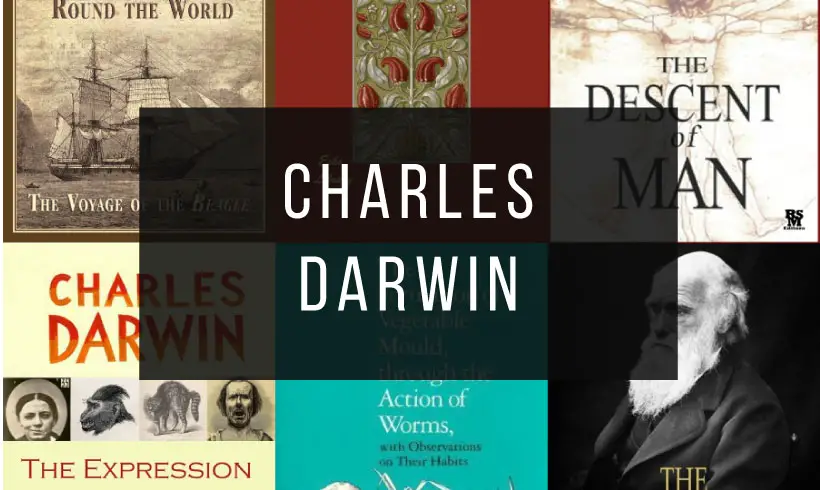Today we present to you 11 books by Charles Darwin to download in PDF format. But first, a little history about this wonderful writer and researcher.
Charles Robert Darwin was born on February 12, 1809 in Shrewsbury, Shropshire – England. He was the fifth son of Robert Darwin (a physician and businessman) and Susannah Darwin (whose maiden name was Wedgwood).
When he was only eight years old, little Charles showed his inclination for natural history and for collecting specimens. In 1817 he entered the school run by the family preacher. That same year, in July, his mother died.
In September 1818 Charles began studying at the Anglican school in Shrewsbury, along with his brother Erasmus. In the summer of 1825, Darwin assisted his father to help the needy of Shropshire, and then went to the University of Edinburgh.
Darwin abandoned his medical studies and began his studies of Letters at Christ’s College, Cambridge, with a view to being ordained as an Anglican parson. It was during this period that Charles began to associate with naturalists and carried out geological research.
In 1831 he received an invitation as a naturalist to make a two-year trip to South America. This trip extended to South Africa and Australia, and lasted not two but five years. When Darwin returned, he was already well known for all the submissions he had made of his journal to Cambridge. This led to the publication of a full journal and the spread of his theory that one species can evolve into another.
Darwin was a member of the Geological Society of London and the Royal Society. «The Origin of Species» was published in 1859 giving worldwide fame to the tireless researcher and making him a reference in evolutionary biology.
On April 19, 1882, Charles died in Kent, England. He was buried in Westminster Abbey at the request of his colleagues, and there his remains rest next to those of Isaac Newton and John Herschel.
1) The Voyage of the Beagle
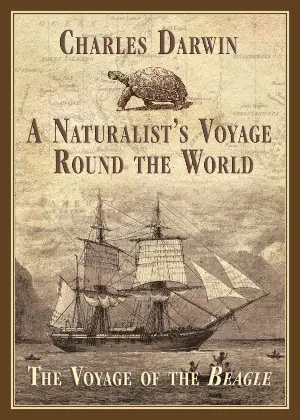
In 1831, at the age of 22, Charles Darwin began his scientific experience with a singular adventure: a voyage around the world.
On board the Beagle, as a naturalist, the researcher would begin to keep a detailed diary during the five-year voyage.
From this adventure he would obtain the knowledge and evidence that would later allow him to establish his evolutionary theory. Both the comparative analysis of American finches and the discovery of marine fossils in the Andean peaks were essential milestones, as described in The Voyage of the Beagle, in the development of his discoveries.
2) On the Origin of Species
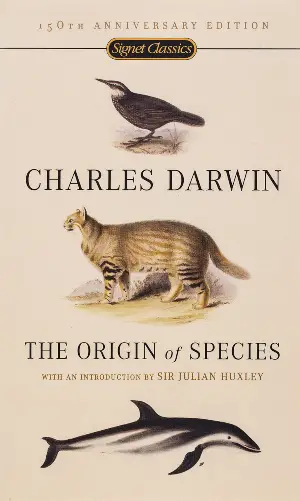
This is the work that changed the world’s view of evolution and in which Darwin invested more than twenty years of his life.
In short, On the Origin of Species was a milestone in the scientific world and in the way history was known until then. In these pages, the author expounded his theory on natural selection and argues that species were not created by a divine force, but that in the beginning there were simpler forms that mutated and evolved over time to adapt to the environment.
Darwin’s ideas continue to generate controversy. This masterpiece is the most influential book in natural history and, therefore, in the history of mankind.
3) The Variation of Animals and Plants Under Domestication Vol 1

The main thesis put forward by Darwin in this book was that humans shared physical and structural attributes with other primates. The researcher reached this conclusion based on the data he extracted from studies of embryology, comparative anatomy and physiology.
Ahead of the discussions on the origin of mankind, Darwin hinted in his book that the first ancestors of man had lived on the African continent, an assumption that would be confirmed during the 20th century by discoveries in the field of paleoanthropology.
In The Variation of Animals and Plants Under Domestication, Darwin concluded by affirming that of all the reasons or causes that had generated the differences in external aspects between human lineages, and to a certain extent between these and lower animals, the most effective had been sexual selection.
4) The Descent of Man

This book by Charles Darwin represents one of the richest sources of current biological thought. It is a work in which the researcher clarifies the origin of plant and animal life, which was lost in myths and legends.
Charles deduced, simultaneously with Wallace, the process of evolution of the species through the selection of the fittest individuals, presenting a set of facts that removed what for centuries was considered the truth about the origin of man.
An essential text, The Descent of Man constitutes a continuity between the human species and other animals. This work tries to answer the question of what place do we occupy in this evolutionary history?
5) The Expression of the Emotions in Man and Animals
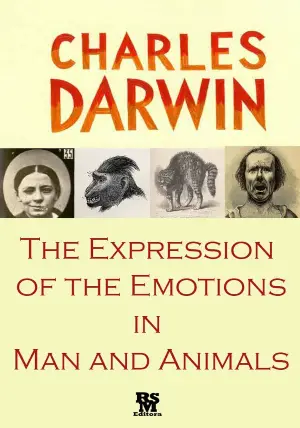
The aim of The Expression of the Emotions in Man and Animals, one of Charles Darwin’s most captivating texts, was to detail the main expressive actions generated by humans and other animals. Expressions generated mainly in primates and in domestic animals such as cats, dogs, horses, etc. In addition, this book also explains the origin and development of these actions.
The results and the comparison of them, allowed Darwin to identify several universal facial expressions, which points to a common origin and also supports the theory of evolution by natural selection, which is what the author intended with this research.
As an additional point, the information contained in this book, as well as its evolutionary interpretation, challenged head-on the racist beliefs of the time.
6) The Movements and Habits of Climbing Plants
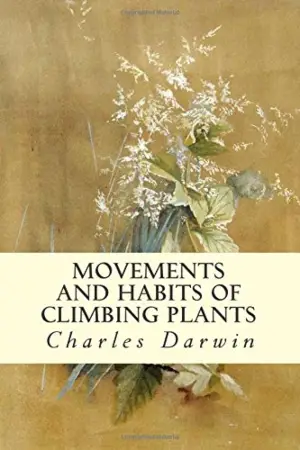
This book was first printed in 1875, although the text originally appeared as an essay in the 9th volume of the Journal of the Linnean Society. One of the purposes of its writing was to produce evidence for his theory of natural selection.
Darwin devoted much time to the study of plants, concentrating on a particular type of climber, and also set in motion several experiments to explore their development in an evolutionary context.
Among the conclusions of The Movements and Habits of Climbing Plants is that the habit of spontaneous revolving of stems and tips has evolved in many groups of plants to obtain light and to achieve a greater support. To which Darwin asserted that plants acquire and display their power of movement only when it is advantageous to them.
7) The Formation of Vegetable Mould through the action of worms with observations of their habits
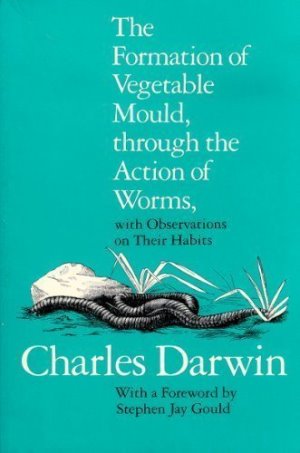
The Formation of Vegetable Mould through the action of worms with observations of their habits is a book from 1881 that was published shortly before Darwin’s death, in fact it was his last scientific book. In it he explores the behavior and ecology of earthworms, their role in soil formation, etc.
To gather the information expressed in the book, Darwin conducted experiments indoors by placing the soil in pots. He was fascinated by the complex behavior of earthworms and determined that when under a strong light source they entered their burrows. He also studied their food preferences, with raw carrots being their favorite.
In his conclusions he mentions that earthworms have played a more important role in the history of the world than most people assume, intervening in processes such as: the decomposition of rocks, the gradual denudation of land, the preservation of archaeological remains and the improvement of soil conditions for plant growth.
8) The Different Forms of Flowers on Plants of the Same Species

The Different Forms of Flowers on Plants of the Same Species is a book that was first published in 1877, being one of his six books devoted exclusively to the study of plants. One of the purposes of its completion was the search for evidence to support his theory of natural selection.
This work was the result of a wide range of experiments and observations on plants. Even today, many of these experiments continue to deepen the understanding of the phenomena expressed in it.
In his studies, Darwin concentrated on two divisions of the hermaphroditic class: the cleistogamic and heterostyled. In his conclusions and results, he explains how evolution in some species favored different forms of flowers to facilitate their reproduction.
9) Volcanic Islands

This book was published in 1844 and is based on Darwin’s travels during the second voyage of the HMS Beagle. It is the second in a series of books on geology.
Geological Observations on Volcanic Islands consists of 7 chapters in which Darwin describes his observations during his travels to various volcanic districts, visiting places such as the volcanic island of St. Jago in Cape Verde, Ascension Island, the Galapagos Islands, New Zealand, Australia, Van Diemen’s Land, the Cape of Good Hope, among other islands and archipelagos.
In these places Darwin was able to satisfy his curiosity and enrich his knowledge, gathering information about the topography, characteristics of the area, etc. It is a good book on topics related to Volcanoes, which will be of great interest for students of these subjects or for those who have some kind of interest and curiosity about them.
10) Coral Reefs

It is the first volume of the three books in which Darwin wrote about geology and was published in 1842. In this book the English naturalist expounded his theory on the formation of coral reefs and atolls that he had investigated during the voyage of the Beagle in the years 1832 to 1836. It should be noted that when the Beagle departed in 1831 there was no concrete information on the formation of coral atolls.
The Structure and Distribution of Coral Reefs describes the different types of coral reefs, atolls and lagoon islands; the geographical distribution of reef types and their geological implications; their growth rate; the conditions under which they flourish, among other topics.
Darwin’s theory that coral reefs formed as islands and surrounding areas of the earth’s crust subsided has been supported by modern research and is no longer disputed.
11) The Autobiography of Charles Darwin
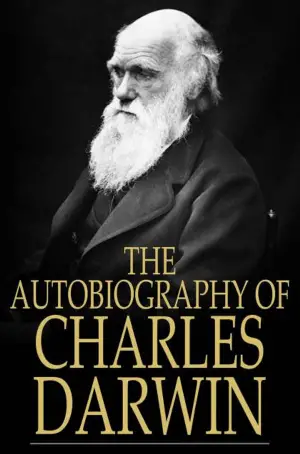
These are Charles Darwin’s words about his autobiography:
«A German editor having written to me to ask for an account of the development of my mind and character with some sketch of my autobiography, I have thought that the attempt would amuse me, and might possibly interest my children or their children».
«I know that it would have interested me greatly to have read even so short and dull a sketch of the mind of my grandfather written by himself, and what he thought and did and how he worked. I have attempted to write the following account of myself, as if I were a dead man in another world looking back at my own life».
«Nor have I found this difficult, for life is nearly over with me. I have taken no pains about my style of writing».


